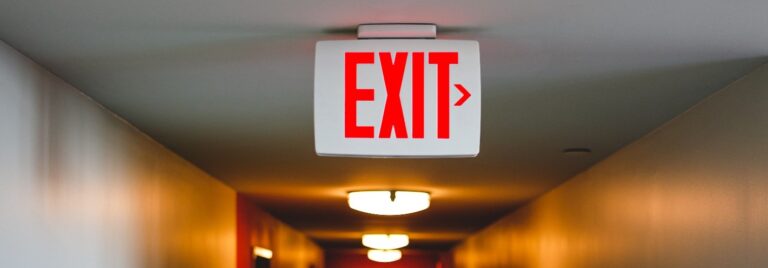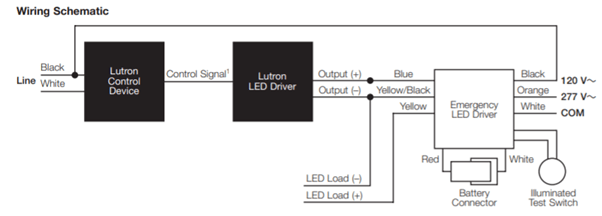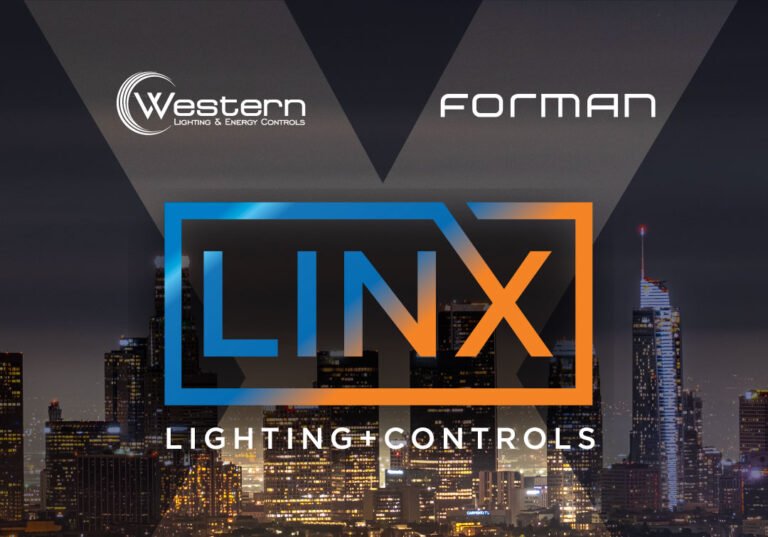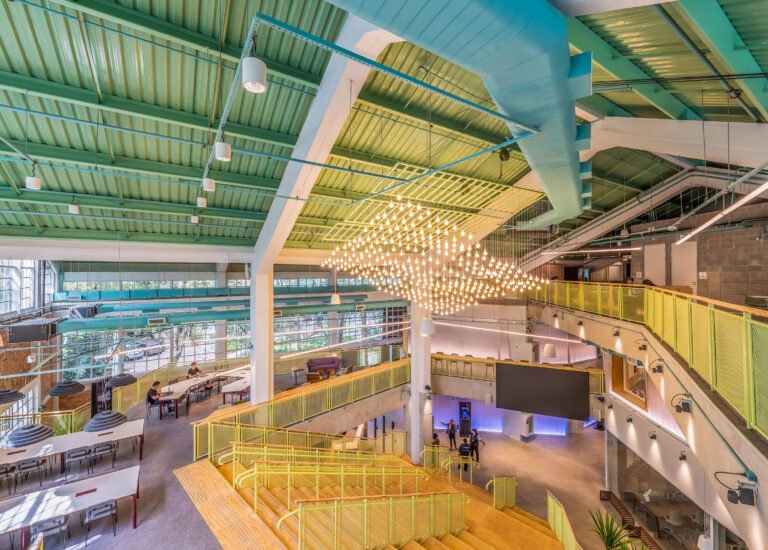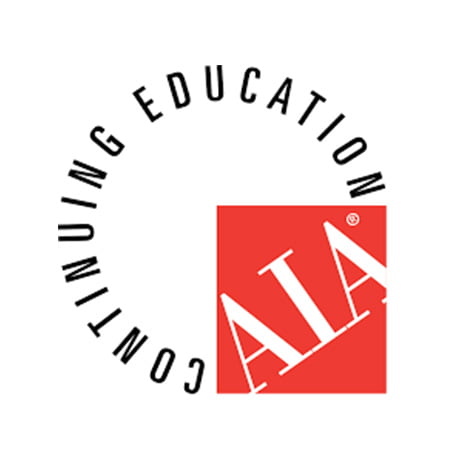Delving Deeper into the world of Emergency Lighting
Welcome back to the world of emergency lighting! If you missed it, check out part one here.
Emergency lighting is crucial for the safety of workplace buildings, schools, or any other establishments. But the details surrounding emergency lighting are anything but simple, from the regulations to the different types, it may sometimes feel a bit overwhelming.
But like the LED signs that spell “EXIT,” we’re here to provide help and brighten up your understanding of emergency lighting! Let’s begin!
A recap on emergency lighting
Before we get into it, let’s review emergency lighting! The role of emergency or egress lighting is to provide high visibility for the safety of an area suffering from a power outage or emergency. Whenever evacuation is required, emergency lighting is necessary to create a path for individuals to navigate their way out of the building.
So, how is Emergency Lighting powered?
Emergency lighting is incredibly important for any form of the building environment. When an emergency strikes, they help you evacuate as safely as possible! But what happens when there is an extended power outage in the entire building? This is where lighting inverter systems come in! Inverters are designed to be a backup for emergency lighting systems throughout a building if a major disruption causes a power failure, and they provide a minimum of 90 minutes of backup lighting during downtime so that the emergency lighting systems perform properly.
Standby lighting is another type though, in reality, this form of lighting carries a variety of sub-types. Because emergencies can happen anywhere, they can occur in places where activity needs to continue, like a hospital. Standby lighting offers a temporary solution during these outages. Two examples of these sub-types include:
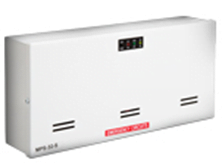
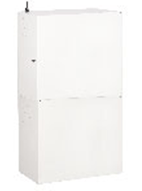
Today, with so many improvements made in the lighting world, emergency lighting inverters have also been upgraded. One notable example comes with the CEPS Inverters from LVS, an economical alternative while compatible with all LED types, including electronic and magnetic fluorescent ballasts, incandescent, CFLs, halogens, and induction lamps.
Further enhancements include the opportunity to turn any fixture into a total light output emergency fixture for 90 minutes, being easy to install and inexpensive to maintain, and having customizable options, including automatic testing, custom voltages/frequency, heated outdoor enclosures, and more!
A different form of powering emergency lighting is through LED drivers that are integral to the light fixtures.
LightAlarms offers emergency drivers that are all installed in the fixture itself, so when power is present, the battery is charged utilizing a constant hot connection to the emergency LED driver. In contrast, the LED dimming driver controls the LEDs. When power is lost, the emergency LED driver uses the battery’s stored energy to power the LEDs.
The goal of emergency drivers is to provide enough light for egress in the case of any form of a significant outage.
The World of OEM
With a better understanding of the types of emergency lighting and how it’s powered, and where to buy, the next question is: how can I find all the materials I need that will work best together?
This is where OEM (or Original Equipment Manufacturer) comes into play. Take Lutron, for example; the company works with over 350 fixture OEMs to ensure that there are various options for any shape and size for any job.
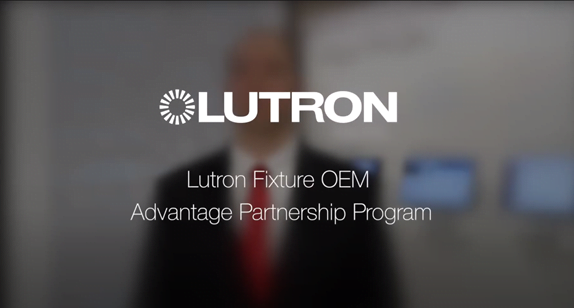
The following companies are Lutron OEM Advantage Partners & Vive Enabled, and we encourage you to check them out: Alphalite, Active Safety, Cree Lighting, H.E. Williams, LightAlarms, Liteline, Lux Illuminaire, LVS, ZLed Lighting, and Lutron!
For more information on the NFPA regulations and codes, please see the list below:
- International Building Code (IBC), 2015 edition.
- NFPA 70: National Electrical Code (NEC), 2017 edition.
- NFPA 99: Health Care Facilities Code, 2015 edition.
- NFPA 101: Life Safety Code, 2015 edition.
- NFPA 110: Standard for Emergency and Standby Power Systems, 2016 edition.
- NFPA 111: Standard on Stored Electrical Energy Emergency and Standby Power Systems, 2016 edition.
- Title 24 Regulations
Thanks for reading, and stay tuned for next month’s blog post!
About Western Lighting and Energy Controls
Western Lighting and Energy Controls is an employee-owned representative agency in Southern California partnering with top manufacturers in lighting, controls, and energy management. We don’t just go for the sale – we focus on YOU: making sure you have a full understanding of the product(s) in question and their technical detail. Along with educational opportunities offered, we ensure your project requirements and unique business needs are delivered on time, within budget, and of top quality. Whether you’re in design, budgeting, or installation processes, our teams will make your life easier with our quality expertise and proactive customer support.
For more information, contact us here at Western Lighting and Energy Controls.

